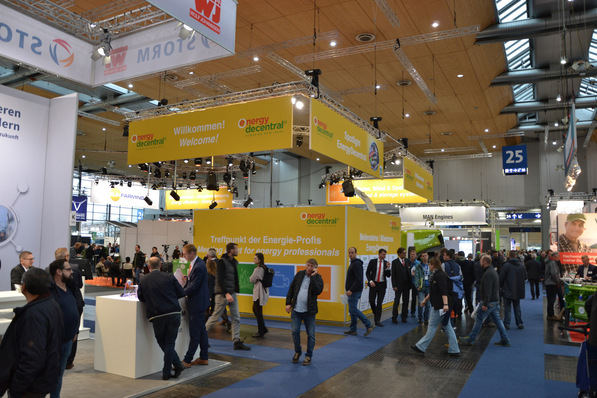The European C&I solar market is expanding rapidly, with top markets like Germany, France, and Italy driving significant capacity growth. By 2030, the sector is expected to more than double, offering both opportunities and challenges for solar developers. Efficiency and accuracy are crucial to meet this growing demand. Discover how PVcase Roof Mount automates and optimizes C&I rooftop solar development while overcoming key obstacles.

C&I solar challenges
80% of rooftop solar projects experience delays due to design and installation inefficiencies. Let’s have a look at the key stallers:
1. Complex roofs and shading. Unlike traditional flat roofs, C&I buildings feature varying slopes, orientations, and obstructions such as chimneys, skylights, HVAC units. These factors make maximizing solar coverage while minimizing shading losses difficult.
2. Stringing and cabling. Manually designed electrical layouts with improper stringing often lead to energy losses, higher material costs, and installation inefficiencies.
3. Lack of accurate early-stage energy simulations. Imprecise yield calculations can lead to inaccurate project ROI estimates. Miscalculations in expected solar performance may arise from inconsistent or overly simplified shading and irradiance models.
Meet the growing demand and tackle C&I rooftop obstacles
In a competitive market with multiple companies bidding on projects, precision, speed, and optimization are vital. PVcase Roof Mount helps maximize layout efficiency and streamline the C&I rooftop design process. How can this solution help you meet demand and address common challenges?
1. 3D design. PVcase Roof Mount works in AutoCAD, offering precise module placement, roof modeling, and measurement. It provides a 3D project view, enhancing visualization of complex layouts compared to traditional 2D tools.
2. Advanced shading analysis. Ray-tracing-based shading analysis simulates year-round sunlight exposure in hourly increments, providing precise irradiance and shading data to enable optimal panel placement and stringing.
3. Automated electrical design. PVcase Roof Mount’s stringing algorithms enable engineers to generate optimized string layouts in minutes instead of hours. The automated cable tray and cabling feature simplifies wire routing, and reduces material miscalculations and voltage drop risks.
4. Early-stage energy simulation. The software conducts energy yield assessments during the design process, eliminating manual data transfers and providing faster, more accurate simulations compared to other tools.
Bottom line
PVcase Roof Mount empowers developers and engineers with state-of-the-art design tools. It enables users to master complex geometries, optimize electrical layouts, and deliver high-performance solar installations faster than ever.
Companies using PVcase Roof Mount report:
- 80% faster design time.
- 85% quicker stringing and cabling optimization.
- Streamlined workflows and reduced delays.
Visit PVcase.com to learn more.






